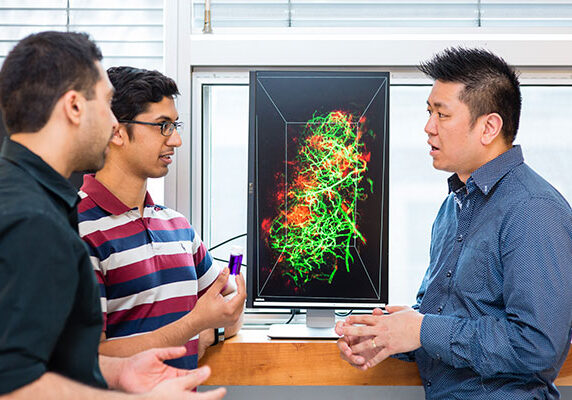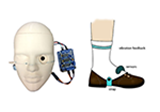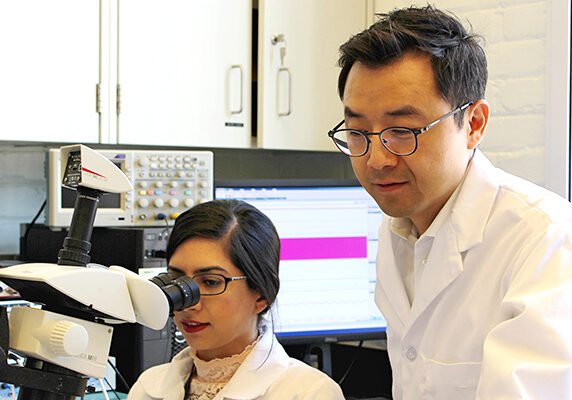
Paul Yoo awarded AGE-WELL research grant for treating overactive bladder disorder
Researchers recently discovered a neural mechanism that can inhibit bladder function by applying electrical pulses to peripheral nerves

Let’s Talk Science partners with U of T Engineering and Sandy Lake First Nation to combat diabetes
A team U of T graduate students including partnered with members of the Sandy Lake First nation to deliver workshops on diabetes prevention to students in the community.
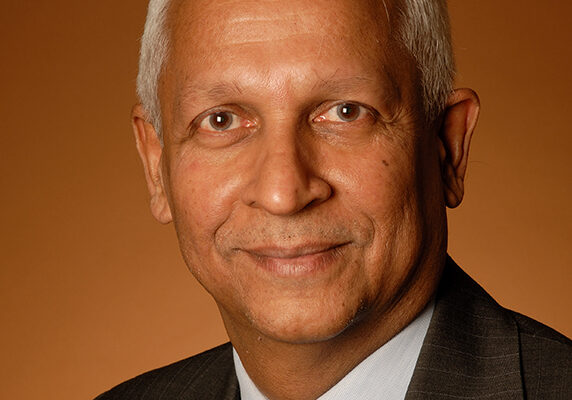
Engineering Convocation 2016: Global health pioneer M.G. Venkatesh Mannar
This honorary graduand has been the principal architect of the global salt iodization program now reaching nearly five billion people
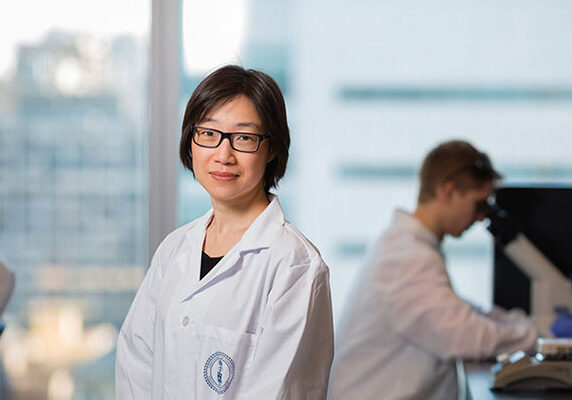
Novel MRI approach gives heart failure patients new hope
A team of U of T biomedical engineering researchers has developed a novel method that will help shed new light on the effectiveness of stem cell therapy for heart failure patients
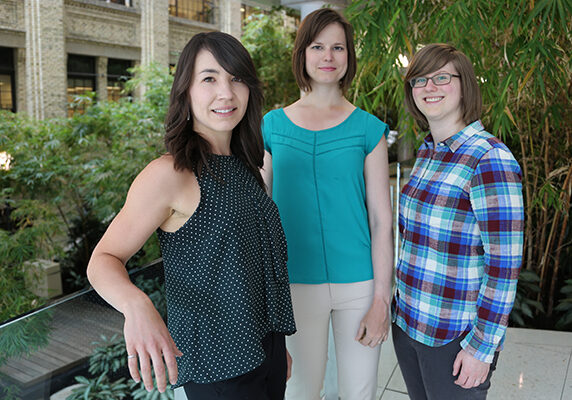
Simple attraction: U of T Engineering researchers control protein release from nanoparticles without encapsulation
Discovery stands to improve reliability and fabrication process for treatments for chronic conditions and serious injuries such as spinal cord damage and stroke
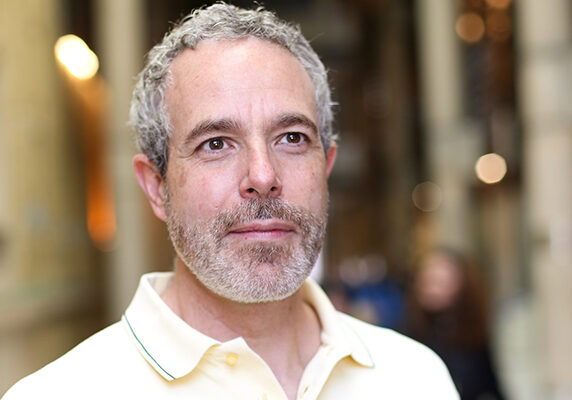
Brendan Frey wins Invention of the Year award
Team recognized for combining artificial intelligence and genomic medicine to create DeepBind, the first-ever deep-learning application for determining the specificities of DNA- and RNA-binding proteins
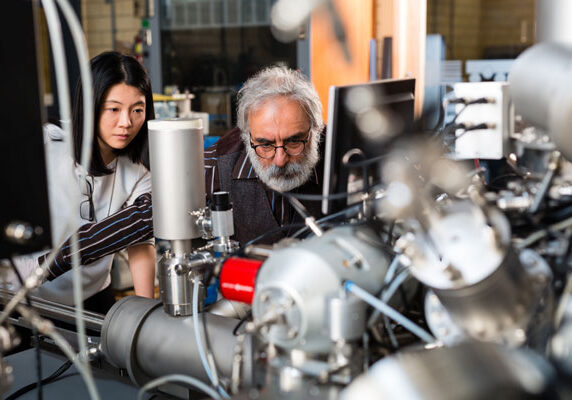
OCCAM: Advancing research from the depths of the ocean to outer space
The Ontario Centre for the Characterization of Advanced Materials (OCCAM) — a $20 million analytical laboratory at U of T Engineering — has officially unveiled its newest machines and is ready to take on new industrial partnerships

